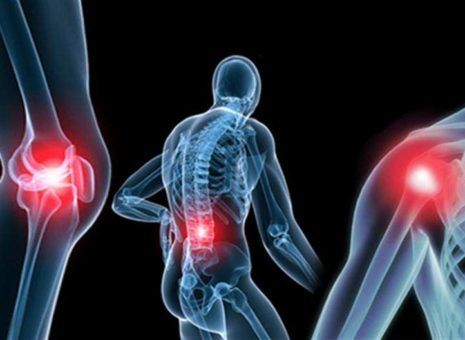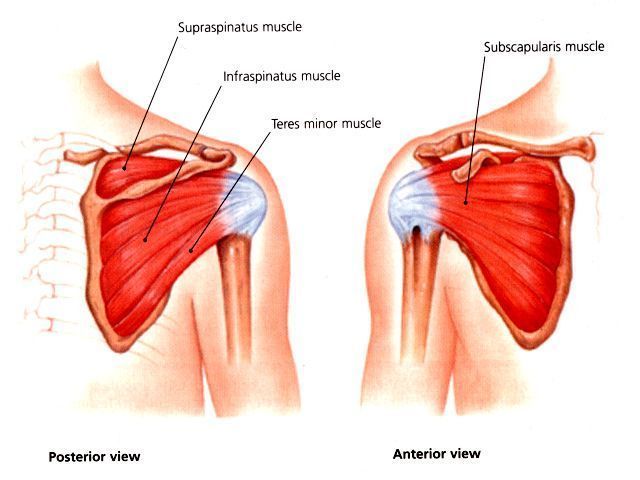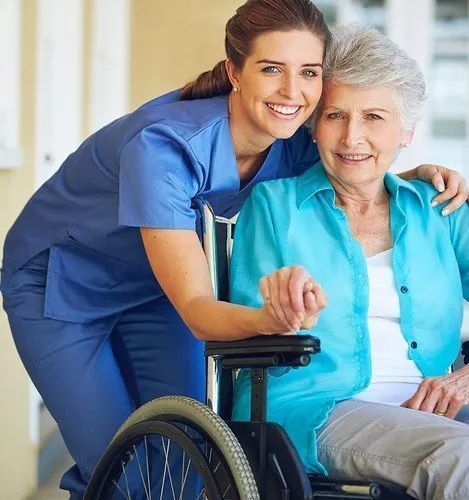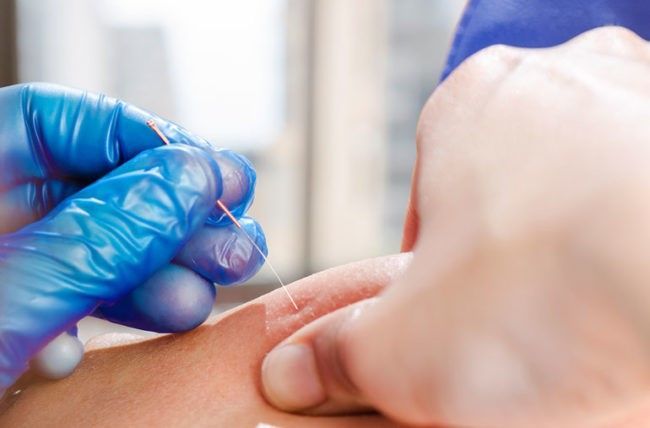Osteoarthritis (OA) and Exercise
Osteoarthritis (OA) and Exercise
Osteoarthritis (OA), or arthritis as it’s more commonly known, is not inevitable as we get older! It is definitely becoming more prevalent. We don’t know the specific causes of OA, however age (not always the older you are as teenagers can get OA too), gender (women more than men), obesity, history of joint injury or surgery and genetics may play a role. There appears to be no known single cause for development of OA but it is more likely to be a cascade of physiological processes or events that lead to its development. It’s worth remembering that we can have these arthritic changes to our joints with minimal or no pain present. Pain can be a symptom of OA but the main symptoms would be stiffness, reduced mobility for functional tasks and intermittent swelling. We cannot reverse the progression of OA but we can improve mobility, function, reduced pain levels and maintain a good quality of life.
OA involves pathological changes to the cartilage of a joint. As we move there is a constant renewal and repairing of our bodies and our cartilage is no different. If the renewal and repair phase of the cartilage is slower than the demand placed on it then pathological changes within the cartilage and the affected joint start to occur. We, biomechanically, can no longer take the normal loads through our joints and the process of OA may then occur. It is a “wear and repair” degenerative disease where the rate of ware is greater than the rate of repair.
In terms of physiotherapy and OA, we at JT Physiotherapy mainly see people with OA of the knee.Knee arthritis can be effectively managed with supervised exercise therapy and this approach is now part of every clinical guideline worldwide. This isn’t to say that other forms of pain management will not be undertaken. Our assessment will determine what you need and how best to improve things for you – it’s a team approach! With regards to exercise therapy, like a medication that would be prescribed to you, the frequency, intensity and dosage is just as important as the exercises that we do.
Initially low impact or minimally loaded exercises are useful for pain management and to increase confidence: cycling (road bike or static exercise bike), swimming/aquatic therapy, walking, yoga, etc. Running is recommended if you can tolerate it – evidence shows that it does not speed up or cause arthritis! The worse thing you can do for OA of your knee is to stop moving. Find an exercise, an activity that works for you and you enjoy, and then keep doing it! Your Chartered Physiotherapist can help you explore your options.
Pharmacological management of OA may be required and this is something to discuss with your GP and/or consultant but it is also worthwhile informing your Chartered Physiotherapist what medications you’re taking.
Unfortunately surgery may be an option for some people with knee OA depending on joint dysfunction severity.
References:
• McAlindon et al. (2014) OARSI guidelines for the non-surgical management of knee osteoarthritis. Osteoarthritis and Cartilage 22:363-388.
• Skou et al. (2014) Predictors of long-term effect from education and exercise in patients with knee and hip pain. Danish Medical Journal, 61(7):A4867
• Skou, S.T. and Roos, E.W. (2017) Good Life with osteoarthritis in Denmark (GLA:D ): evidence-based education and supervised neuromuscular exercise delivered by certified physiotherapists nationwide. BMC Musculoskeletal Disorders (2017) 18:72 DOI 10.1186/s12891-017-1439-y
): evidence-based education and supervised neuromuscular exercise delivered by certified physiotherapists nationwide. BMC Musculoskeletal Disorders (2017) 18:72 DOI 10.1186/s12891-017-1439-y
• See also: http://www.arthritisireland.ie/





